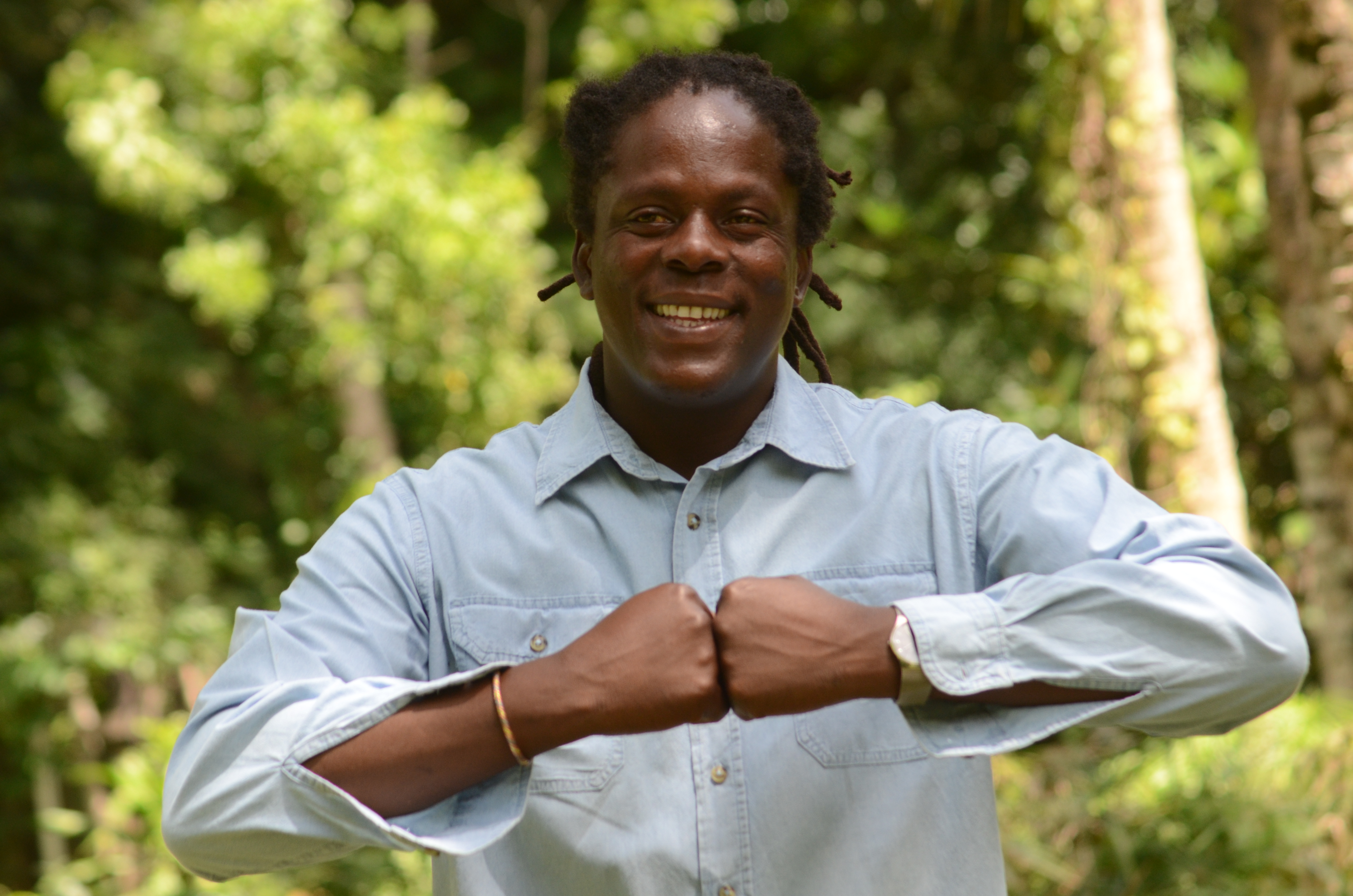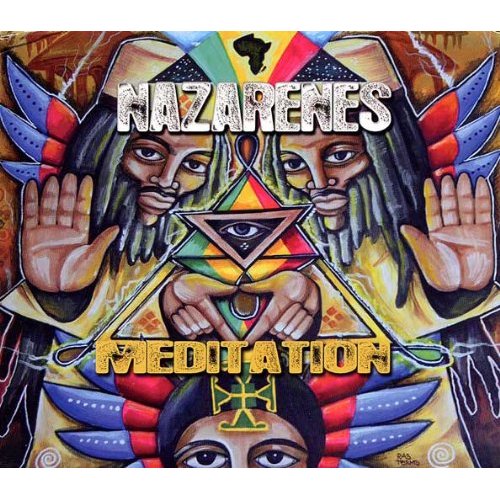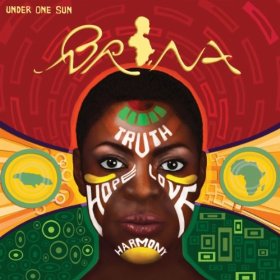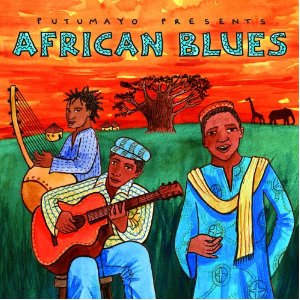
Houses are built into the slopes, with rustic paths marking the entranceways, well trodden by townsfolk who raise an eyebrow and fail to hide a look of surprise as tourist cabs speed by.
On a sunny day in January, we make our way along this road, full of twists and turns that make me pay more attention to my nausea than the cascading greenery. Our bodies sway from side to side, and the swift changes in direction leave me feeling as though I was enduring the ebb and flow of temperamental water.
My carsickness gets worse, but just when I think I can’t take much more, our cabbie Anthony hits the brakes. I look out the window. We’ve stopped in front of wide, beige gates. Anthony honks his horn.
The gates slowly open and suddenly, we’re inside.
“This is it,” he says as he brings the cab to a stop. “Bob Marley lives up there.”
He points upward. I follow his hand and see a small house peeking out from the bush.
“Welcome to Bob Marley’s home in Nine Mile,” a voice says behind me.
I turn around and see an elderly Rastaman, Dixie cups and a strange home brew in his hands. “Would you care for some tea?”
Anthony looks over at him disapprovingly. “You’re supposed to tell them what’s in it first!”
Despite my curiosity, I turn him down and hastily make my way towards the gift shop. Inside, my travel mates are perusing Bob Marley merchandise and waiting to take the guided tour.

“Good afternoon ladies and gentlemen and welcome to Nine Mile,” he says with a smile. “Follow me please.”
We follow him up a steep slope decorated with various shades of green. Everything is wild, lush, and provides a cool shade – a welcome relief from the afternoon sun.
We come across an entranceway. The small house is painted beige with streaks of red, yellow, and green. I ask why red, yellow, and green are the colours of the Rastafari .
“Red is for the blood of our brothers, yellow for the wealth of the homeland, green for the vegetation, but mostly for the herb,” our tour guide replies with a grin.
And with that, he takes a joint out of his pocket. “Most people know that we use ganja for meditation. Bob Marley used it a lot too. It helped him write his music and reach a higher spiritual place.” He lights up and takes a toke. “In Rastafari , we call this,” he points to the joint, “ Kaya .”
He breaks out into song.
Got to have Kaya now
Got to have Kaya now
Got to have Kaya now
For the rain is falling
The tour guide delivers the last line as he look s up to the darkened sky and holds out his palm, catching light drops of rain on his hand.
We applaud. He bows, smiles, and points to the house standing in front of us.
“Here is Bob Marley’s house,” he says. “Before you go in, I ask that you respect his possessions and leave your shoes outside.”
We take off our shoes and gingerly tiptoe into the small room.
Inside, we see a cramped, dark space, just large enough for a single mattress and a bedside table. Pictures of Bob Marley are plastered on the walls.
“The door opens to a view of Mount Zion , which was Bob Marley’s inspiration for many songs, like Iron Lion Zion and Jammin ’” our tour guide says.
And right on cue, he sings,
Holy Mount Zion , Holy Mount Zion …
Peaking out from the hills of Mount Zion , two kids start singing along.
Jah sitteth in Mount Zion . And rules all creation…
The kids are loud and off key, but they sing as if their lives depended on it. We smile, wave, and take pictures of them. They thank us and then ask for payment. A common request in Jamaica . I oblige them. They are kids, after all.
Our tour guide proceeds with his tour.
We are shown the former kitchen quarters, Mount Zion , the rock on which Marley spent many hours looking up into the mountains, and his final resting place, the mausoleum.
“No pictures inside please. Respect mon .”
We understand. He pushes the door open and lets us through.
The mausoleum is twice as large as his room, housing both Bob Marley and his brother, Anthony Booker.
There are trinkets and drawings from fans who have visited the site, anxious to witness reggae’s greatest icon buried six feet over ground.
Bob Marley’s body is encased in a large square tomb covered by a simple cloth.
I kneel to pay my respects. I stand and see a stained glass Star of David mounted high on the wall.
“Bob Marley is laid to rest looking towards the East. And every morning, the sunshine greets his face. It comes in through the Star of David, a symbol of the Rastafari ,” explains the tour guide.
We are led back outside. Our tour guide tells us his work is done. He bids us farewell, but not before he kindly asks for tips.
We walk back to the cab.
“How was it?” Anthony asks.
“Surreal,” I reply. “This is probably what it’d be like if I went to Graceland to visit Elvis.”
“Oh really?” he laughs. A voice pipes up from behind.
“Now would you like some tea?”
I turn around and see the same elderly Rastaman, cups and tea in tow.
“Um… No thanks.” I turn back to Anthony. “Only at Graceland , I bet no one comes around to offer any strange brew.”
Getting There: Getting to Nine Mile is complicated. The site is extremely secluded, but all cab drivers know how to get there. The museum is two hours away from Montego Bay and is usually overshadowed by the larger Museum/Recording Studio in Kingston , but it is a must-see for die-hard Bob Marley Fans.
Events: Every February 6, the Nine Mile Museum plays host to a historical event – Bob Marley’s birthday. To mark the occasion, fans from around the world make the trek to Nine Mile and celebrate by playing music throughout the night.






2 comments
Brian Maxion says:
Nov 4, 2011
We love & miss you…. One love
Giovani says:
Sep 13, 2013
One Love, R.I.P much love king!!!